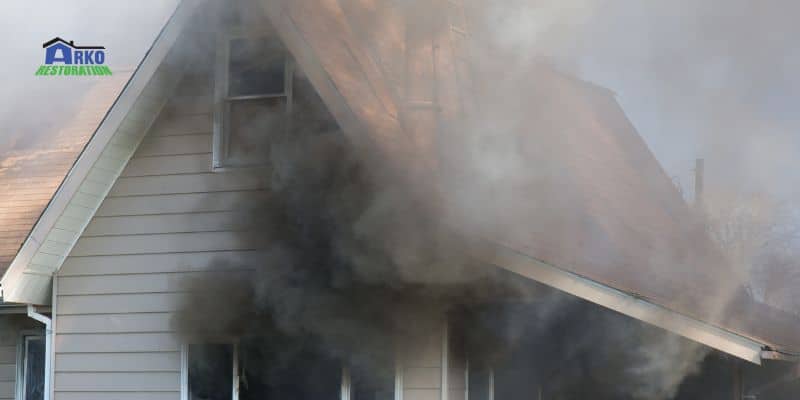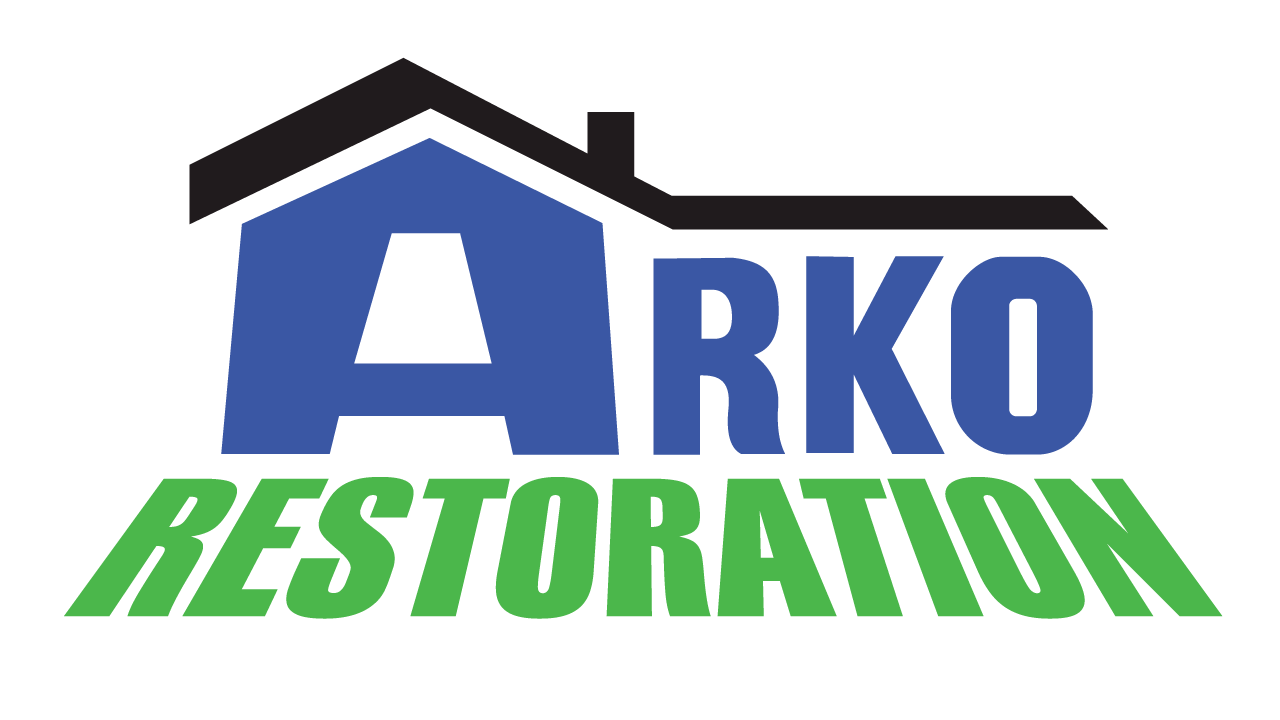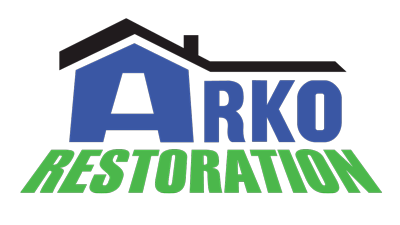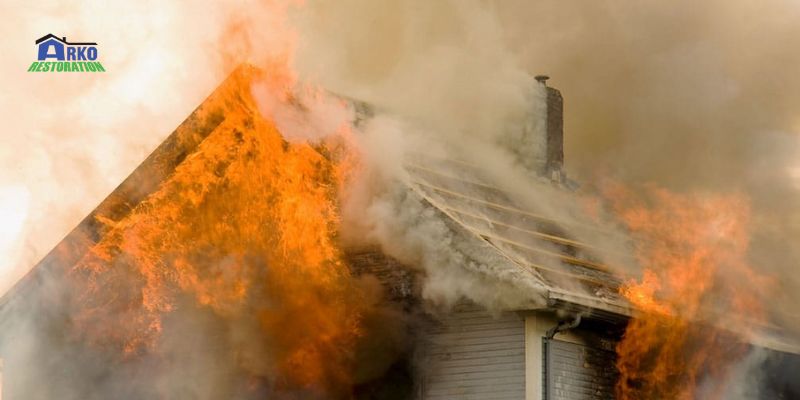If neglected, fire and smoke can cause significant damage to a property. To prevent this from happening, it is important to engage a trusted company for the cleanup. Various companies specialize in different restoration services for different property types. Through advice and recommendations from industry experts, you can easily find these companies.
What Is Smoke and Fire Damage Restoration?

Smoke and fire damage is the process of restoring a property, its contents, and structures after a fire. It is a type of restoration that involves the removal of soot, smoke, and odors, as well as repairing and rebuilding any damaged areas.
Smoke and fire damage restoration aims to return the property to a safe and habitable condition while salvaging as much as possible. Professionals who do this use specialized equipment and techniques to clean, deodorize, and repair the affected areas. This is to ensure that the property is free from lingering smells, health hazards, and structural damage caused by fire and smoke.
Professional Advice About Smoke and Fire Damage Restoration from Industry Experts

Adhering to best practices in fire and smoke damage restoration is paramount. Industry experts recommend that the restoration process be quickly done. This is to prevent further damage and deterioration of your property. Here are the recommended best practices to observe throughout the smoke and fire damage restoration process.
1. Assess damage
The first thing to do after ensuring that it is safe to enter your property is to assess the damage. It is recommended to enlist the expertise of a specialist for this crucial step. The assessment involves evaluating the extent of fire and smoke penetration into the structure and the anticipated extent of the necessary cleanup.
Additionally, it involves scrutinizing the property’s contents to separate items that require disposal from those that can be salvaged through packing and restoration. A careful assessment enables the restoration company to clearly understand the scale and timeline of the project. This helps formulate a cost estimate.
2. Secure property and remove debris
Following a thorough assessment of the damage, the next step involves securing the property. This includes more than one approach to safeguarding the site and its surroundings. Firstly, protective measures include the installation of fencing around the property, so that it remains restricted from unauthorized access.
Furthermore, debris within the property must be cleared to maintain a safe perimeter. Essential to this process is the sealing of any openings in the structure. This will prevent unauthorized entry and reinforce structural integrity.
Moreover, areas of the roof that may have sustained damage must be secured with tarping or sealing to protect the remaining portions of the property from weather. In cases where specific areas within the property remain unaffected by the smoke fire, restoration experts carefully isolate these sections from the impacted area to curtail the risk of cross-contamination.
3. Remove excess water and mold
By promptly eliminating excess moisture and facilitating through drying of the property, you tend to prevent further damage. A critical part of this process involves the careful removal of personal belongings within the structure. In instances of severe damage, compromised materials such as damaged drywall, flooring, and other components may be knocked down.
Afterward, the professionals can use specialized commercial equipment to effectively dry out the structure. This is essential to mitigating the risk of mold proliferation and corrosion. To fortify the defense against further water intrusion, roof tarps are carefully maintained during this phase. Doing so helps to provide a protective barrier against external elements.
Furthermore, equipment must be used for the thorough removal of any mold present. This helps to ensure a safe and sanitized environment as the property progresses through the restoration process. This phase is critical to successful recovery, as it stops potential deterioration and prepares the property for subsequent restoration measures.
4. Clean up the area and remove the smoke
The cleanup process is perhaps the most important part of a smoke and fire damage restoration project. It demands extensive labor to comprehensively eliminate the presence of smoke and soot from both interior and exterior surfaces.
Often, this necessitates a careful approach, with every nook and cranny of the affected area requiring thorough cleaning. To eradicate any residual smoke odors and ensure a completely odor-free environment, deodorizing agents are used.
In cases where water damage restoration has been an integral component of the process, an additional layer of protection is required. This involves the application of sanitization and antimicrobial chemicals to mitigate the potential onset of mold growth. With proper cleanup, you ensure a pristine, sanitized, and rejuvenated space.
5. Rebuild your property
The final stage of the project to return the property to its pre-loss condition includes the crucial task of carrying out the necessary fire damage repairs. It also includes rebuilding the areas that have been affected by the damage.
This phase can also be extensive and the renovations may include a variety of crucial tasks, such as replacing the roof to restore its structural integrity. To ensure functionality and safety, crucial electrical components might need to be replaced. Damaged plasterboard may also need to be replaced and painted, as well as a variety of other things, during the process.
Conclusion
Going through the complexities of smoke and fire damage restoration requires professional expertise. This ultimate guide has revealed the many processes involved, emphasizing the crucial role of industry experts in safeguarding properties and lives. The restoration process, from assessment to cleanup and repair, will help in the restoration of properties to their pre-damage condition.


